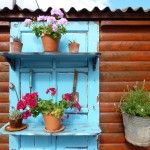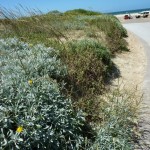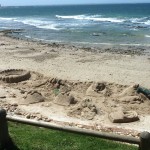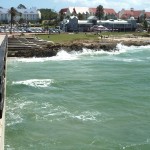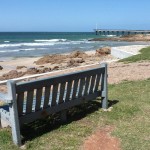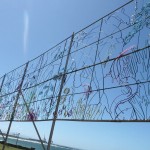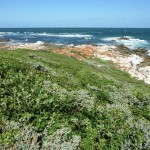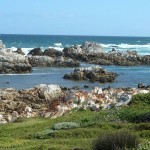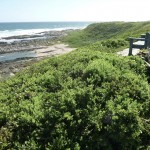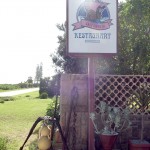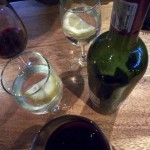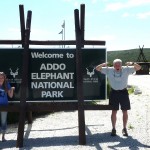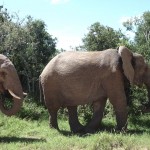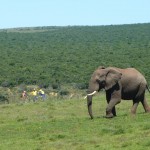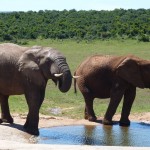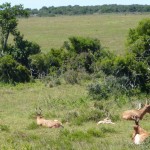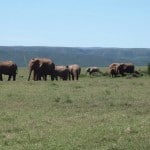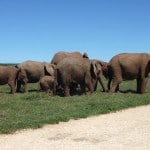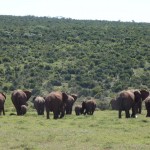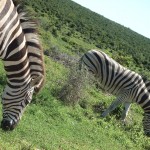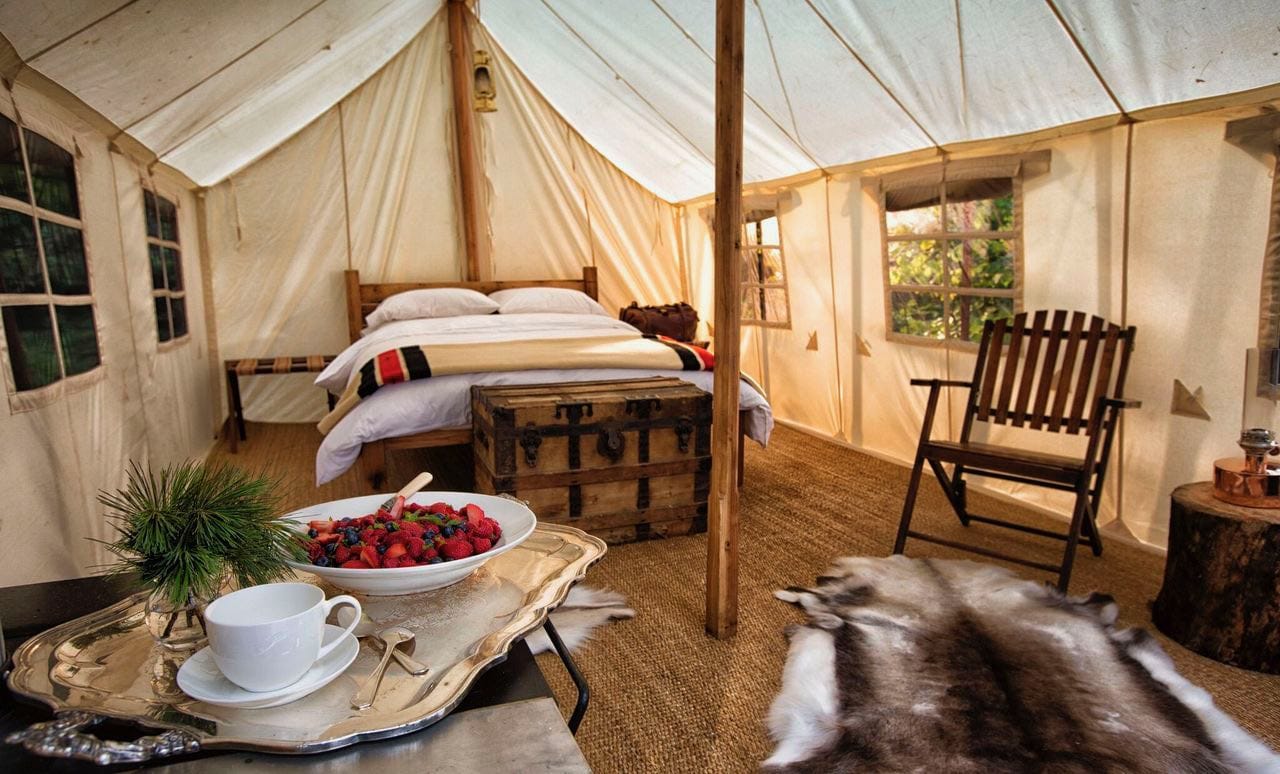My families first week in South Africa included an unforgettable adventure through Kruger National Park and scenic drive along the Panorama Route.
Next on the itinerary was a two week road trip along the countries famous Garden Route. The routes runs from Cape Town to Port Elizabeth and features the countries most magnificent coastal panoramas. We hopped on a late night flight from Johannesburg to Port Elizabeth where we would be starting our adventure.
We checked in to the Tree Tops Guesthouse a cute little B&B located literally across the road from the airport. On our first morning we enjoyed a leisurely breakfast and then hopped in our rental car in search for adventure. The third-largest port and fifth largest city in the country, Port Elizabeth, part of the Nelson Mandela Bay Metropolitan Municipality, faces east across the 60 km wide sweep of Algoa Bay.
Amy and I sat in the back seat trying not to giggle too much as my dad drove on the “British side of the road” while driving stick shift for the first time in years. Mother would spend the duration of the road trip attempting to give my father driving instructions using her plethora of maps and guide books. I took charge of the GPS which was an invaluable help but not always as accurate as we would have desired.
Our first navigational challenge on the trip was getting from our guest house to the beach. We managed rather successfully and popped out of our seats once we had arrived with a skip in our step as we ran to splash our toes in the Indian Ocean for the first time. Standing by the shore I surveyed the area and was instantly reminded of Hamilton Ontario. PE (as the locals call their fine city) is very much an industrial port city with massive cranes taking up a considerable portion of the shoreline.
We continued along the road and stopped at Humewood Beach where we took a walk to the end of the jetty. I spotted a large group of students timidly approaching the waves with their teachers. Hopping back in our car we drove westward along the coast where we stopped in Schoenmakerskop at Sacramento Restaurant for a tea break. The restaurant is named after the Portugese Galleon Sacramento, that floundered on 30 June 1647. The interior is an ode to everything nautical and even features a nick nacks from the wreck. We spotted our first few whales from the comfort of our tea cups.
Later in the evening we drove back to Humewood Beach where we enjoyed a relaxing dinner at Blue Waters Cafe. The restaurant offers up a fantastic view of the beach and jetty below. My mom and dad were thrilled to see that wines by the bottle started at 6 USD a pop (a far cry from the $30 standard in North America). Our excitement over this affordability would see my family experimenting with two or three bottles of wine at dinner for the duration of our trip. The restaurant offers a wide selection of offerings but seems like my family was particularly interested in feasting on surf and turf. The following morning we bid Port Elizabeth farewell and drove to nearby Addo Elephant National Park.
In the past, elephants lived throughout the Cape Colony, but as the land was settled they were hunted to extinction. In 1919 Major Philip Pretorius was appointed to exterminate the last survivors and shot 120 over 11 months. Only 15 terrified elephants survived. When public opinion turned in their favour, a 68 sq km tract of surplus land was declared nation park territory in 1931. For many years Addo resembled a large zoo. Oranges were placed below the rest camps at night to lure the shy beasts, while the stout fences separated visitors and animals. The herd responded well to protection – increasing to 265 by 1998 – making it necessary to enlarge their territory.
Today, there are more than 450 elephants and the park includes the Zuurberg mountains to the north. Its size has increased to 600 sq km with South African National Parks current plan to quadruple it.
The Addo safari experience is similar to what you would experience at Kruger (although you will likely see a lot more elephants here). Tourists drive on paved roads through various routes outlined on National Park maps. We saw an incredible number of animals during the few hours we spent roaming around the park.
After watching some forty elephants walk past our SUV we picked our jaws up off the floor and zoomed west to Tsitsikamma.


